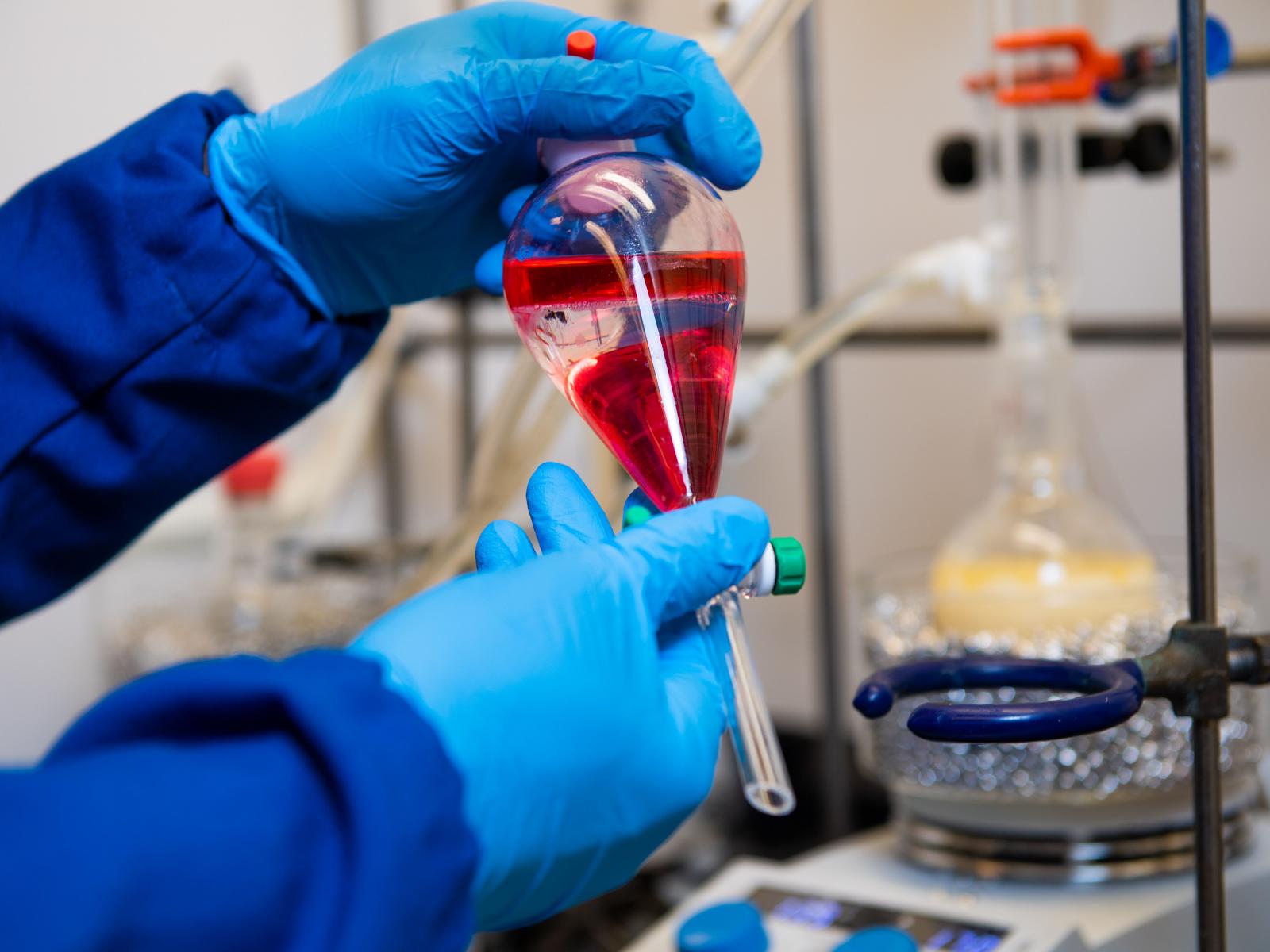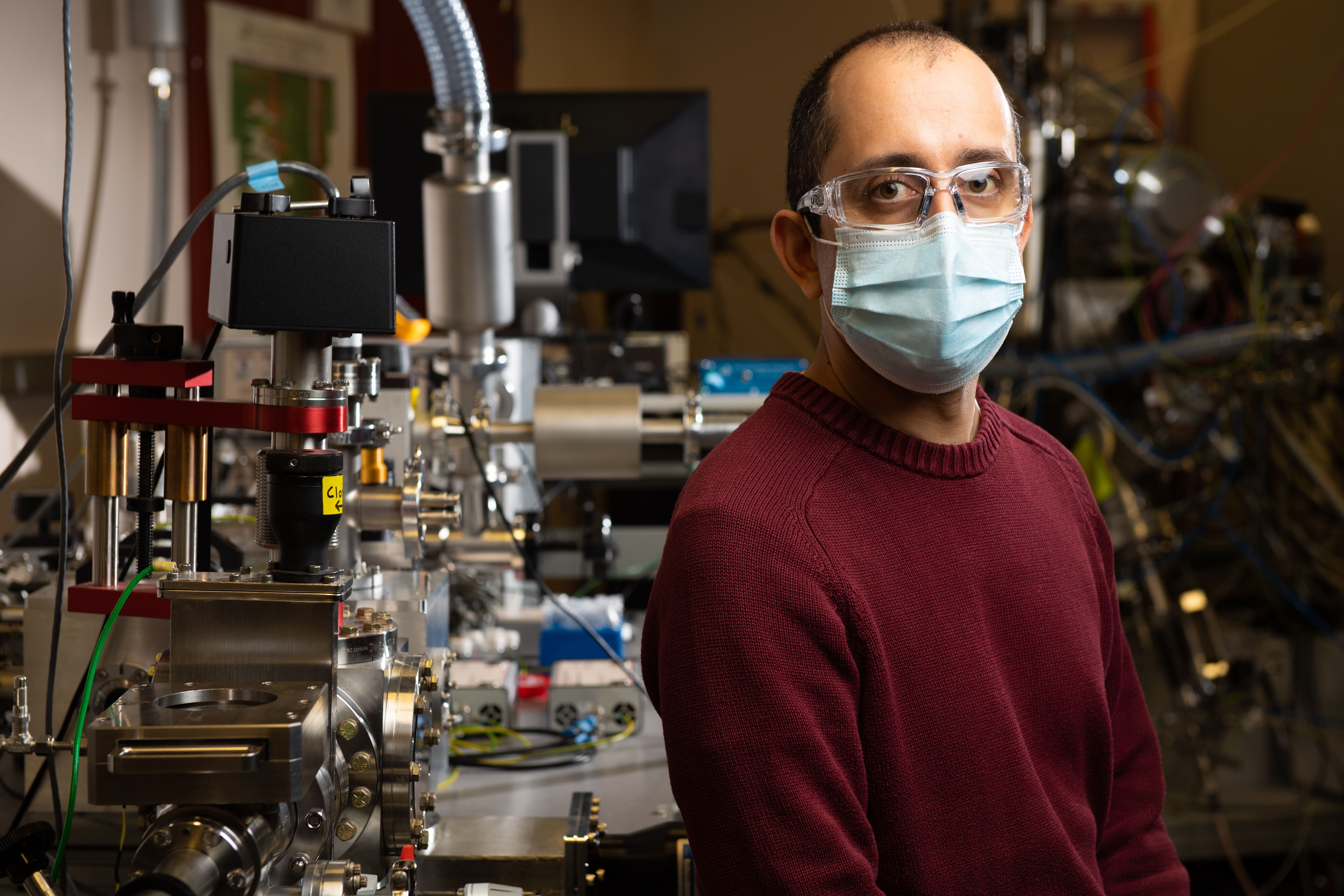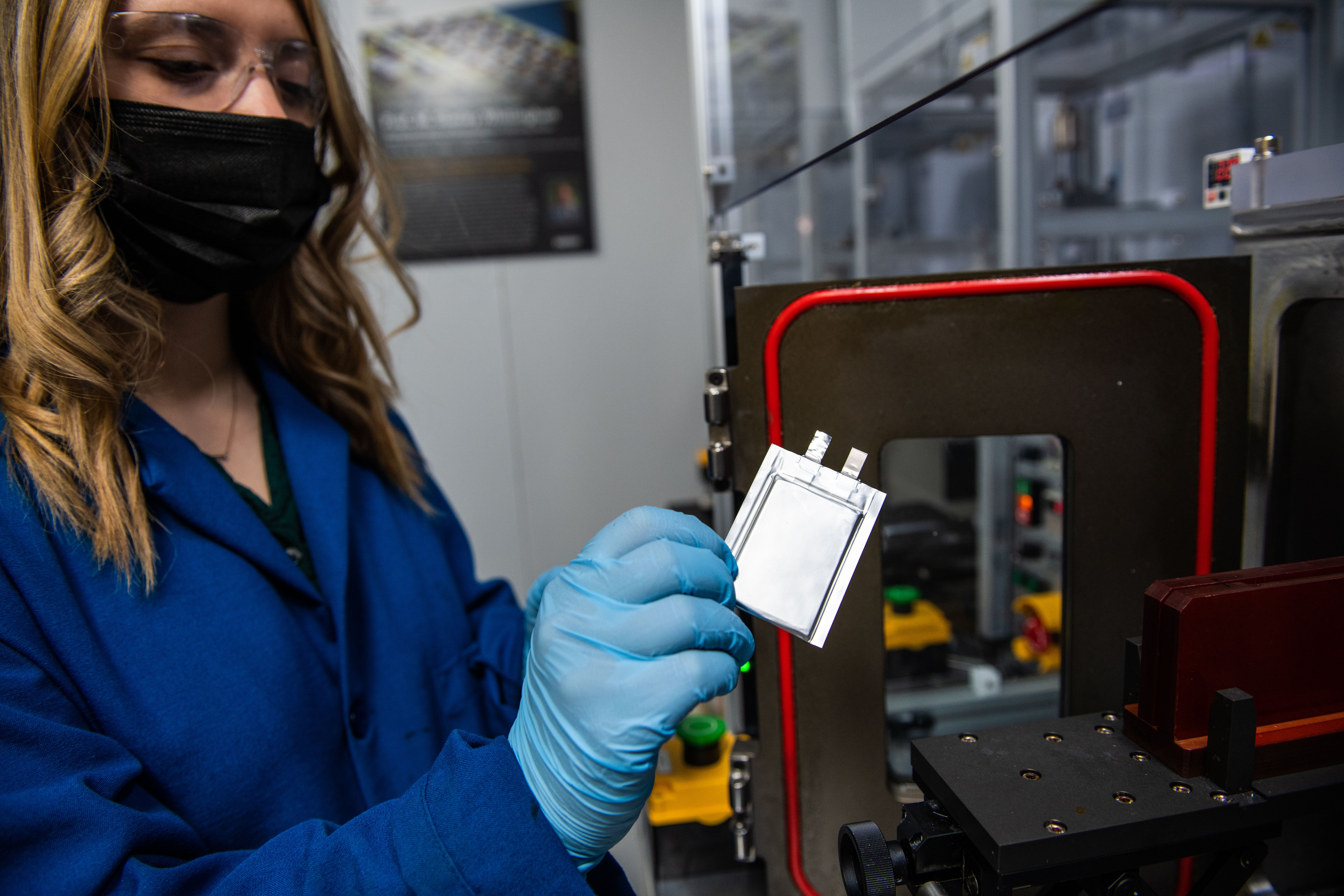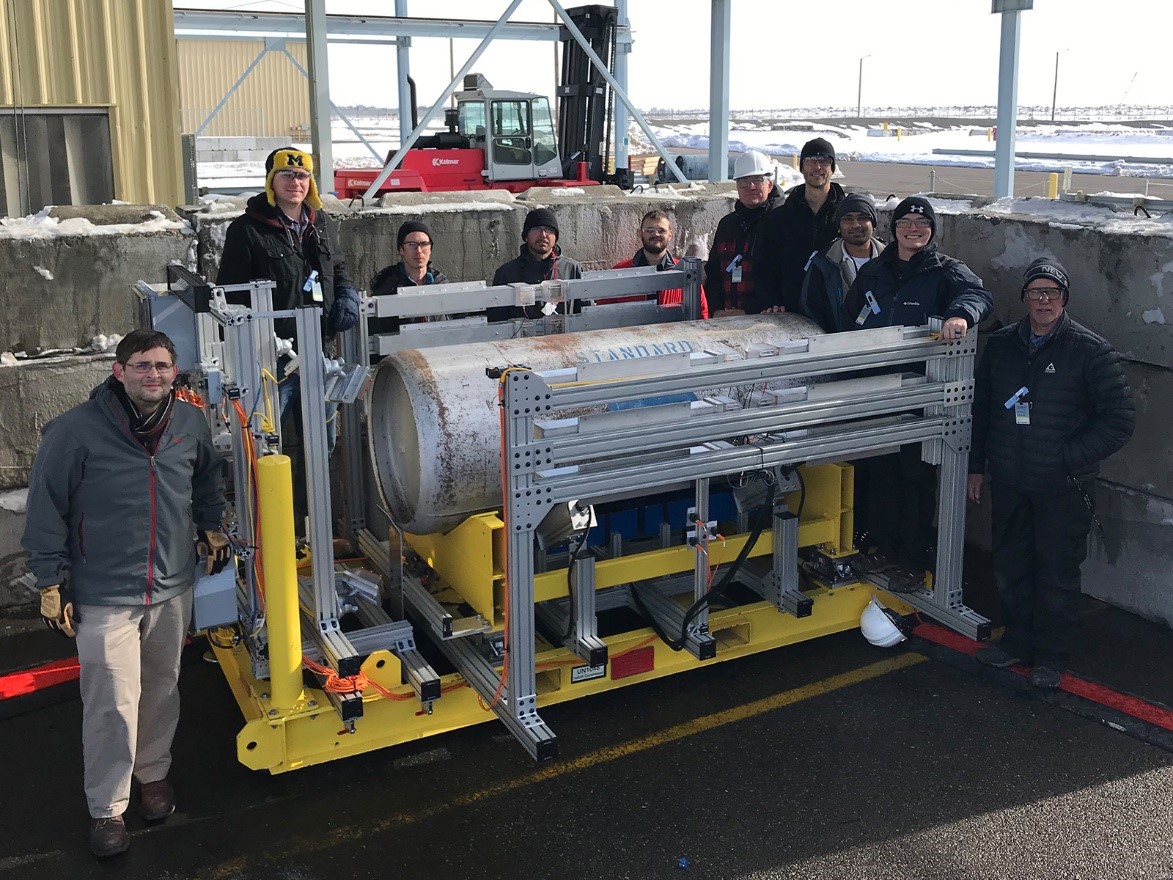Gifts for a Brighter Future: PNNL’s 2021 Science and Technology Highlights

Some of the molecular tools developed by PNNL’s chemical biologists to study microbial function in human, animal, insect and environmental microbiomes have been commercialized for future clinical diagnostics.
(Photo by Andrea Starr | Pacific Northwest National Laboratory)
As 2021 draws to a close, it is natural for many of us to reflect on the year’s accomplishments. I am extremely proud of all that the talented staff at the Department of Energy’s Pacific Northwest National Laboratory have achieved and the impact they have made. They put their knowledge and curiosity to work throughout the year to make the world a better place.
The following examples demonstrate how your national lab is helping to provide us with cleaner water, better health, greener energy and greater security—gifts made possible by the power of science and technology.
PNNL researchers explored the depths of science for many practical gifts. For instance, our chemists deepened our understanding of how toxic metals can be removed from water and used what they learned to optimize a graphene oxide specifically for extracting toxic lead ions. This will result in cheaper and better water purification technologies.

Our biologists fought diseases from COVID-19 to cancer. For example, they developed novel molecular probes that detect and quantify protein activity in biological samples to diagnose health issues. Two of these probes were licensed to a start-up company, including one tailored to analyze stool samples for specific microbiome activity that could benefit cancer patients undergoing chemotherapy.
PNNL Earth scientists focused on the health of our planet, including how best to store carbon in soil. They conducted field experiments that compared two types of soil and two biofuel crops over several years. They found that the soil type mattered more than the crop in terms of removing carbon from the atmosphere and storing it in the soil. This study may influence future land management strategies.
PNNL researchers found ways to save energy and enable broader use of renewable energy. For example, our data scientists used machine learning to lower the cost of an emerging energy efficiency method that can reduce the energy used to heat and cool commercial buildings by up to 50 percent. This approach makes it easy for non-experts to optimize energy systems without costly software and computing power.
Our energy storage experts made remarkable breakthroughs that might help future electric vehicles go further on a single charge. They developed a novel lithium-metal battery that cycled (fully charged and discharged) 600 times, the most ever for such a battery. This is important because these batteries weigh less and hold more energy than conventional lithium-ion batteries.

PNNL researchers also studied how microgrids—decentralized, self-sufficient energy hubs—might help isolated communities become more energy independent and resilient by making greater use of local renewable energy sources. In one study on the Hawaiian island of Molokai, they showed that marine energy could supplement wind and solar energy to replace diesel generators, helping illuminate the path to 100 percent renewable energy.
Meanwhile, PNNL national security staff toiled quietly to keep us and our allies safe and secure. In the area of cybersecurity, for instance, a clever PNNL approach uses a model-driven decoy to mislead would-be hackers with realistic responses. While miscreants believe they are attacking a real system, cyber defenders are given the time they need to protect their assets.
Finally, our nuclear nonproliferation experts helped safeguard nuclear materials and weapons. They supported the International Atomic Energy Agency’s efforts to determine whether countries are honoring their nuclear safeguards obligations by developing an automated system to verify nuclear materials used in uranium enrichment facilities.

The past year has been challenging to be sure, but despite the pandemic, PNNL advanced science and delivered solutions to vexing problems. And as we look forward to 2022, you can be assured that the staff at PNNL will continue their efforts to invent a brighter and better future for all of us. Happy holidays!
Steven Ashby, director of Pacific Northwest National Laboratory, writes this column monthly. To read previous Director's Columns, please visit our Director's Column Archive.
Published: December 27, 2021